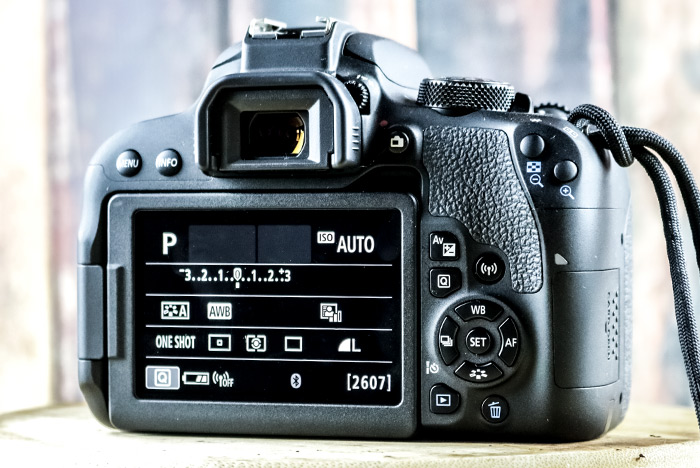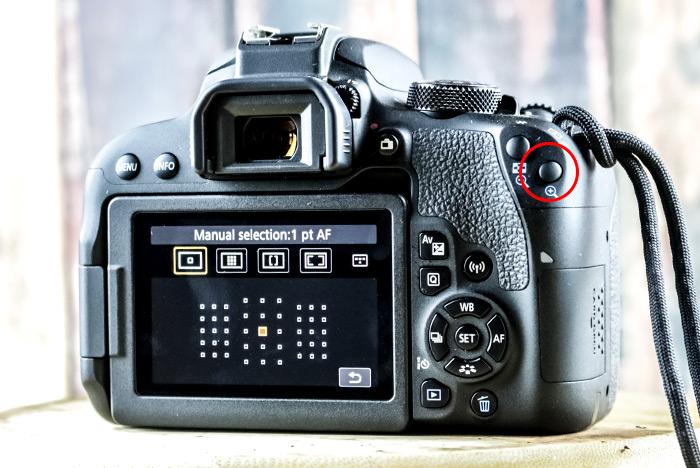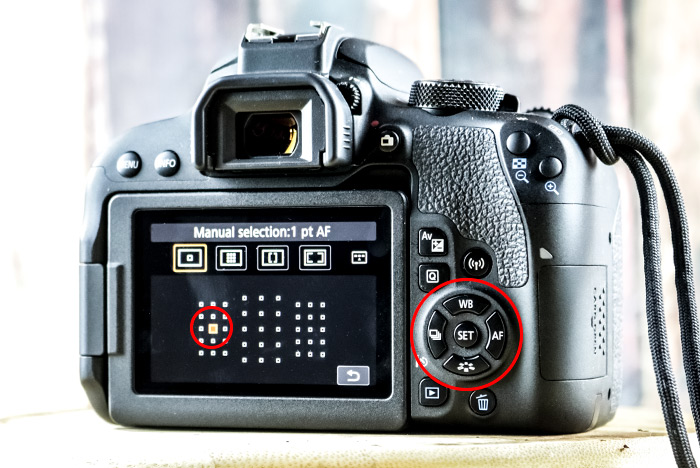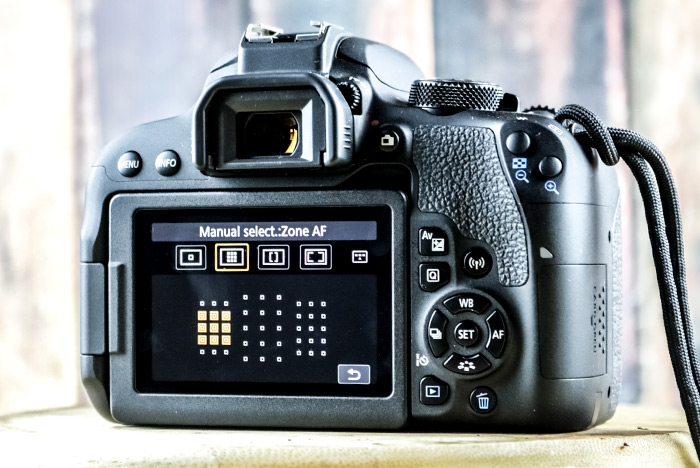Trying to get a camera to focus on the correct object in a photo has always been a challenge for many people. This is especially true as they move from the very beginning stages of photography to the more amateur stages. In the beginning, many folks simply point and shoot from a distance. As they move through the ranks though, they begin honing in on the details of many scenes. They get much closer in and they target what should be clear and what shouldn’t. The problem is, cameras can’t think, therefore they can’t know the photographer’s intentions. Oftentimes, the autofocus feature on many cameras automatically focus on the wrong thing. Over and over again and I can tell you from personal experience, this is very annoying when it’s happening.
In today’s post, I’d like to discuss how you can basically tell your Canon Rebel DSLR camera what to do. What to focus on. You may have heard that cameras these days have dozens of focus points, which is great if you’d like to capture a larger object in a scene. What if there’s something very specific in the scene you’d like to be in focus though? What do you do then? How do you focus on just that? Can you tell the camera to pick just one of those dozens of focus point to use? Sure you can and I’ll tell you how to do that below.
By the way, for this post, I’ll be using my Canon Rebel T7i. The basic concepts of what I’ll explain down below will be true for the T8i, T6i, T5i, T4i and the T3i. I completely forget what the T2i looks like, so I won’t include that one on this list. Really, the only difference will be that the newer T6i and T7i will be touch screen and the older models won’t have as many focus points. Everything else is pretty much the same. Think about the big picture here. No pun intended.
The Rear LCD Screen
Okay, I’ve propped my Canon T7i up on my table and I took a photo of the rear LCD screen. This is what it looks like right after I turn the camera on.

In order to follow the process I’ll show you below, the camera needs to be in this mode; the one where all the information is showing on the rear screen.
Changing the Focus Point
In order to manually choose my own focus point, I’ll have to press the proper button on the back of the camera. In this case, that button is the one all the way to the right; right above the small magnifying glass with the + on it.

When I press that button, the current focus settings will come up. Because I already have this camera set to a manual focus point, the center point is highlighted. If I hadn’t set this camera this way, the entire center area may have been highlighted in orange. Also, if you’ll notice, the box to the left, above the focus points, is highlighted. That’s the mode I’m currently in. It’s called Manual Selection: 1 Pt AF. That translates into one point autofocus. What this means is that no matter what, the point at the center of the scene will be the point that’s focused on. That’s fine, but what if I’d like to change that point?
To move the focus point manually, I can use two different methods. I can either roll the scroll wheel on top of the camera back and forth. This will move the point to the left or to the right. I can also accomplish the same exact thing by pressing the left and right arrows on the back of the camera. If I wanted to move the focus point up or down, I can use the up and down arrows. I circled the arrow buttons in the image below. I also moved the focus point to the left a bit and circled that as well.

I suppose the question remains, what if I didn’t already have a single focus point chosen and set the way I did? Well, upon entering this mode, the camera knows the focus point will be manually changed. If many are already set, the camera will reduce that number from many to one. From there, the point can be moved. On the older cameras, the point will move around either clockwise or counter-clockwise until the proper selection is made. If we continue to move the point, the original multi-point configuration will be set again. And finally, to accept the change, I can either press the same magnifying button once more or simply half-press the shutter button. Doing this will return me to my original view.
Changing a Focus Zone
On the T7i, I can easily change the focus zone. To do so, I can tap the second icon from the left with my finger. This is the one right on the touch-screen. When I do that, the entire center zone, or the zone that’s currently active, will be highlighted. To move that zone of focus points, I can again use either the scroll wheel that’s on top of the camera or the arrow keys on the back. It’s the same idea as above.
In the image below, you can see that I moved the focus zone from the center position to the left position.

The Easiest Way to Do It
I’ll give you a tip for some very easy focusing. For yeas, I battled with my old camera over where to focus. I’d sit there and watch as the camera focused on this and then that and then the other thing, all the while, never focusing on what I wanted it to focus on. It was so frustrating. The way I solved this little dilemma was to set the focus point to the center. I got rid of the zone multi-points all together. I used just the center point (which I still use today) because in doing so, I knew that if I placed that center point on the object I wanted to focus on, that’s the one that would be targeted. No questions asked. If I wanted to focus on an object and then move the camera slightly to one direction or the other in order to have the object that’s in focus off to the side a bit, I’d press the shutter button half way down and hold it there. Then, I’d move the camera with that focus locked in and press the shutter button all the way down to capture the image. This is a great and very popular solution.
If you’re working on a tripod or can’t move the camera for some reason, that’s a good time to change the focus point like I showed you above. It really depends on the situation.
I hope I clearly explained how to manually select a focus point while using the Canon Rebel series of DSLR cameras. If you have any questions regarding this post, please let me know below. Thanks for reading!
Yeah, this is true! That is why I prefer to ask photographers how to make nice shots. Well-written article. Thank you.